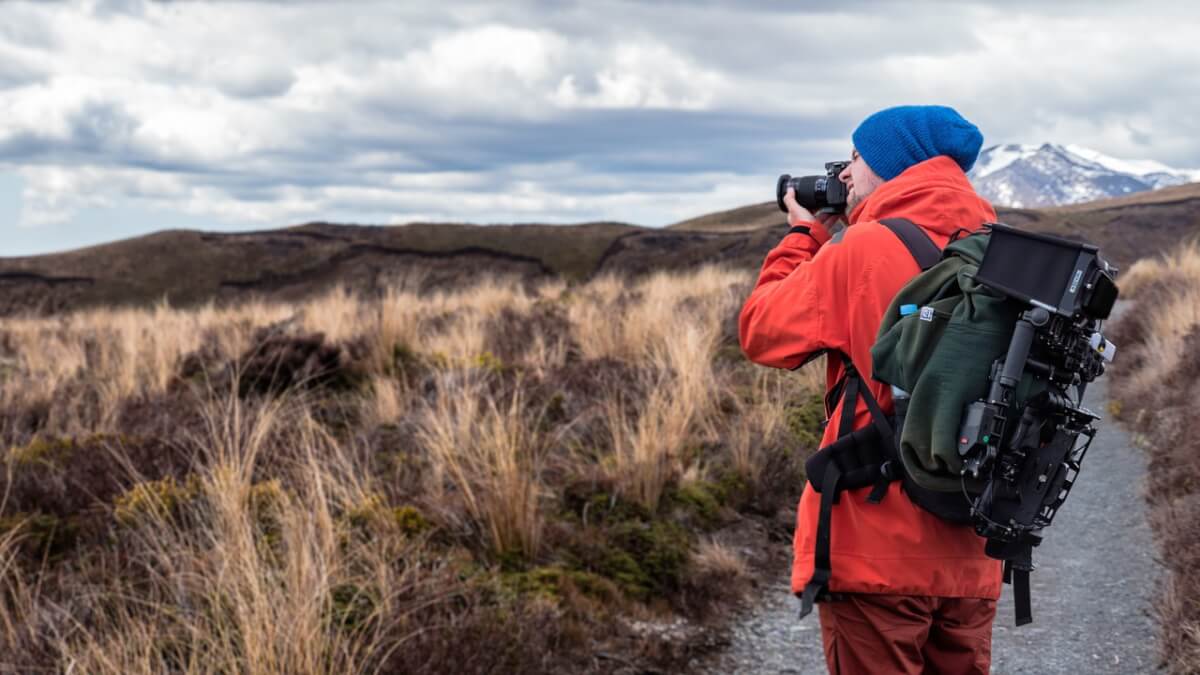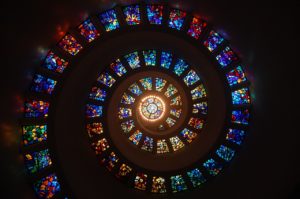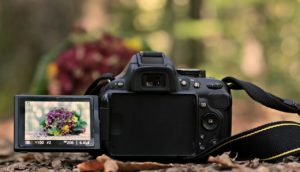As with any subject of interest, it is important to be familiar with and understand the terminology – and digital photography is certainly no exception. People that understand the meaning of common digital photography terms and abbreviations have the knowledge necessary to purchase digital cameras and understand the features they offer. Because many of the abbreviations and terms are unique to digital photography and digital cameras, it is imperative for hobbyists and professionals to understand their meaning. Here are some of the most common and important terms and abbreviations.
Pixel A pixel is the tiniest part or smallest discrete component of any digitized picture or image and all photos actually start with a pixel. Digital photographs are comprised of thousands or even millions of pixels, which are the photo’s building blocks.
Megapixel One million pixels make up one megapixel. When photographers use the term or word megapixel, they are referring to a digital camera photo’s maximum resolution in millions of pixels. In other words, cameras with a four-megapixel range take photographs that have a four million pixel maximum. This means quality to the consumer because better quality photos have higher megapixel counts. Buy a digital camera with the highest megapixel range you can afford, trying to keep it in the three or above megapixel range, especially for people wanting to make photo prints.
Resolution This refers to the total amount of pixels in a digital photo, with the better quality, sharper pictures having a higher resolution.
JPEG Formulated by the Joint Photographic Experts Group, a JPEG is a compressing image standard or compression method. JPEGs along with GIFs are two of the principal graphic formats found on the web. The lossy compression method used by JPEGs, which is a lossy file format, sacrifices a little of the original image data each time you save an image. The 24-bit color image stored by JPEGs, which lets you save innumerable colors, is well suited for images and photos with fine grades of color and tone.
Aperture The opening that lets the light travel to the sensor inside the interior of the digital cam is the aperture. When you take a picture, inside the lens is a round, small opening that alters the diameter, which controls and measures the total light hitting the sensor in the digital camera. It is the shutter speed and aperture combined that control how much light reaches the camera’s sensor. An aperture priority mode, found on some digital cameras, allows the photographer to adjust the aperture to suit their requirements.
Focal Length Often overlooked in amateur photography, the term focal length refers to how much the camera lens is able to magnify a shot. Normally divided into two categories, the focal lengths are telephoto and wide-angle for narrow fields and spacious fields of view respectively.
Memory In the digital camera, storage space capability that stores the pictures is the memory.
Knowing the common digital photography terms can help people understand cameras better so they can purchase one that meet their requirements. And, of course – before you purchase, test the digital camera out first!
Submitted by:Terry RobertsTerry Roberts is a professional translator and linguist with a wide range of hobbies. His website, Photography for Novices, gives great advice for beginners – don’t miss his 7 Tips for Digital Photography Beginners. |







